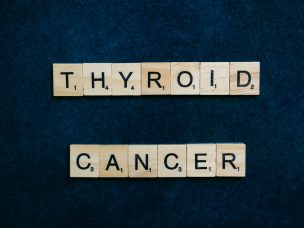Alopecia areata patients face several challenges related to treatment decisions, including lack of information and medical uncertainty. The treatment decisions require accessible and trustworthy information sources that align with patients’ values and preferences.
Patients diagnosed with alopecia areata (AA), a hair loss disorder, can benefit in their treatment decision-making by understanding the disease process and various treatment options. This qualitative study assessed the factors influencing treatment decision-making by AA patients. The study concluded that AA patients should consider their values, preferences, and accessible and trustworthy information sources while making treatment decisions. The study findings are published in JAAD International.
Barriers to Appropriate AA Treatment
The study identified the most common barriers to selecting appropriate treatment. These included a need for more clarity and a comprehensive understanding of the disease process. These barriers led to the development of isolation and feelings of frustration among AA patients. Perceived barriers also included a lack of healthcare access, including specialist referrals and insurance, and a perceived lack of physician transparency.
Role of Physician in Treatment Decision-Making
AA patients cited ways they determine physicians’ credibility, including their specialization in hair loss, credentials, and associated institution(s). Patients value physicians who are able to show empathy and provide emotional support and treatment education to patients. Patients also favor doctors who exhibit transparency in their interactions.
Patient Priorities in Treatment: Safety, Convenience, Efficacy
According to patients interviewed in this study, the major treatment factors constituted safety, convenience, and efficacy. Patients would potentially benefit from an evidence-based source of information that may supplement in-clinic interaction with the physician. A shared decision-making tool could help in this regard.
Information Sources for Treatment Decision-Making
AA patients sought treatment-related information from their physicians (71.4%) and publicly available sources (71.4%). AA patients sought information from dermatologists who had strong interpersonal skills and demonstrated evidence of their credibility.
This study demonstrated that AA patients consider the safety, efficacy, and convenience of a treatment while making treatment-related decisions. Physician attributes, including transparency, empathy, and credibility, are crucial in decision-making.
Source
Han, J. J., Faletsky, A., Ghatnekar, S., Lee, K. J., Pérez-Chada, L. M., Li, S. J., Manjaly, P., Senna, M. M., Huang, K. P., & Mostaghimi, A. (2023). Factors influencing alopecia areata treatment decisions: A qualitative assessment. JAAD Int, 10, 77-83. https://doi.org/10.1016/j.jdin.2022.10.007









